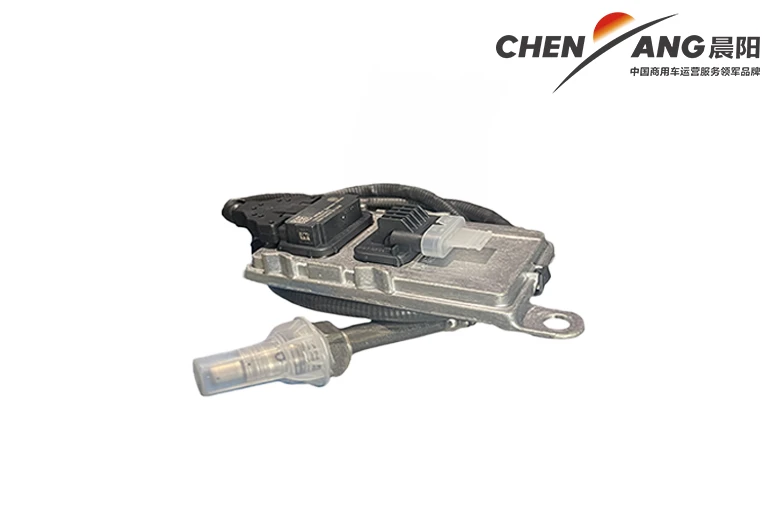transmission shift solenoid
Understanding Transmission Shift Solenoids Their Role and Importance
The transmission shift solenoid is a pivotal component in modern automatic transmission systems, playing a crucial role in ensuring smooth gear shifts and optimal vehicle performance. Understanding how this component works is essential for both automotive enthusiasts and everyday drivers who rely on efficient transmission systems.
What is a Transmission Shift Solenoid?
A transmission shift solenoid is an electromechanical device that controls the flow of transmission fluid within the transmission system. It acts as a valve, directing the fluid to the appropriate circuits to facilitate gear changes. The solenoid is typically controlled by the vehicle's Engine Control Unit (ECU) or Transmission Control Unit (TCU), which sends electrical signals to the solenoid based on various factors such as vehicle speed, engine load, and driver input.
How Does It Work?
When a driver accelerates or decelerates, the ECU evaluates the current driving conditions and decides when to shift gears. The ECU then sends an electrical signal to the shift solenoid, which opens or closes to either allow or restrict the flow of transmission fluid. This action engages or disengages the clutch pack associated with the selected gear, permitting a seamless transition between gears. Because this process is largely automated, it minimizes the potential for human error and enhances the driving experience.
Moreover, multiple shift solenoids are typically present in a vehicle's transmission, each responsible for different gears. The complexity and design of these solenoids can vary significantly between vehicle makes and models, with some systems employing linear solenoids while others utilize spool or on-off solenoids.
Common Issues and Signs of Malfunction
transmission shift solenoid

Despite their importance, shift solenoids can fail over time due to wear and tear, electrical issues, or contamination from transmission fluid. A malfunctioning solenoid can lead to several performance issues including harsh shifting, slipping gears, or gear skipping. Drivers may notice warning signs such as the vehicle hesitating during acceleration, erratic shifting patterns, or the illumination of the check engine light on the dashboard.
In some cases, an issue with the shift solenoid can be diagnosed using an OBD-II scanner, which reads trouble codes from the vehicle's computer. For instance, codes such as P0750, P0752, and P0753 correspond to various shift solenoid failures.
Maintenance and Replacement
Regular maintenance of the transmission fluid is crucial to extending the life of the solenoids and the overall transmission system. Manufacturers often recommend changing the transmission fluid at specified intervals, which helps to reduce the buildup of sludge and contaminants that can affect solenoid performance.
If a solenoid does fail, replacement is usually necessary. While some skilled DIYers may tackle this job themselves, it often requires a significant amount of disassembly, and therefore many drivers opt to seek the help of professional mechanics. The cost of replacement can vary widely depending on the make and model of the vehicle and whether additional transmission repairs are needed.
Conclusion
In summary, the transmission shift solenoid is a vital component that ensures smooth and efficient gear changes in modern vehicles. Understanding its functionality helps drivers appreciate the complexities of automatic transmissions and the significance of regular maintenance. By recognizing the signs of potential failure and taking appropriate actions, drivers can maintain the performance and longevity of their vehicles, ensuring a reliable and enjoyable driving experience.
-
Plastic Industrial Pipe Fittings - Chenyang Group | Durable, Customizable, Versatile SolutionsNewsAug.07,2025
-
2BFY Traction Series Grain Fertilizer Seeder-Chenyang Group|Integrated Seeding&FertilizingNewsAug.07,2025
-
API CI-4 Engine Oil: Superior Protection for Heavy Duty TrucksNewsAug.07,2025
-
2BFY Traction Series Grain Fertilizer Seeder - Chenyang Group | Precision Seeding, Efficient FertilizingNewsAug.07,2025
-
2BFY Traction Series Grain Fertilizer Seeder-Chenyang Group|Integrated Seeding&Fertilizing EfficiencyNewsAug.07,2025
-
2BFY Traction Series Grain Fertilizer Seeder - Chenyang Group|Precision Seeding & FertilizingNewsAug.06,2025
Popular products

























